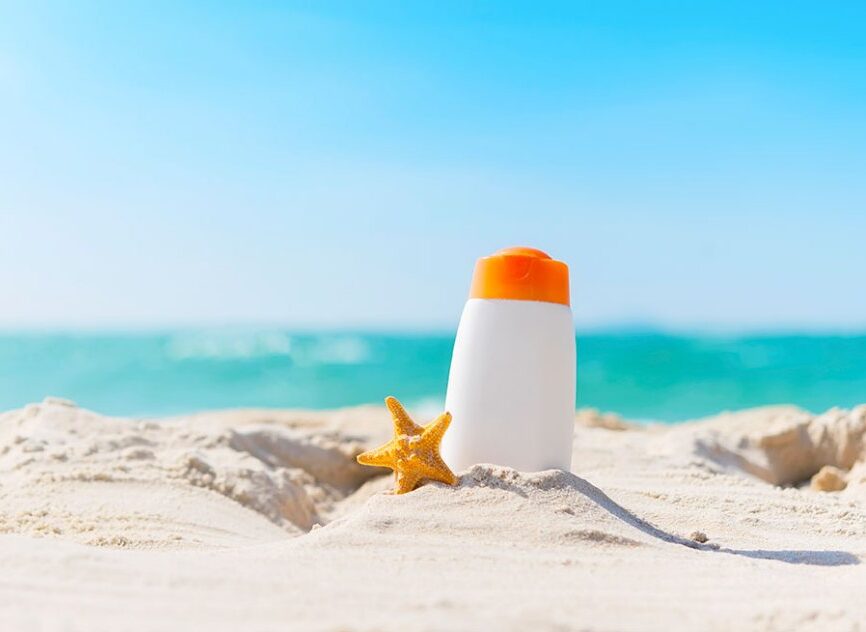4-MBC
The aromatic compound 4-Methylbenzylidene camphor (chemical name 3-(4′-methylbenzylidene)-camphor / Enzacamene), commonly called 4-MBC, is an ingredient used as a light stabilizer, UV absorber and UV filter in cosmetics and personal care products. According to the Cosmetics Regulation (No. 1223/2009), 4-MBC is included in the list of UV filters allowed in cosmetic products (Annex VI, entry 18). 4-Methylbenzylidene Camphor can be used as an UV filter in sunscreen products at concentrations up to 4% in ready for use preparation.
The safety of this ingredient has been assessed several times by the Scientific Committee on Cosmetic Products and Non-Food Products Intended for Consumers (SCCNFP, 1998, 2001 and 2004) and by the Scientific Committee on Consumer Products (SCCP, 2006 and 2008). In 2008, the SCCP concluded that “4-MBC can be considered safe for use in finished cosmetic products (whole body application) at a concentration of up to 4%“. Moreover, the SCCP stated that “it must be emphasized that this opinion is restricted to the safety evaluation of 4-MBC after dermal application of a cosmetic product containing this UV filter“, which means that other exposure scenarios (inhalation and oral route) were not covered in such safety assessment and risk could not be excluded.
NEW SCCS PRELIMINARY OPINION
In early 2019, a priority list of 28 potential endocrine disruptors (not already covered by the bans of cosmetic regulation) was established by the Commission. From these 28 substances, 14 were considered as higher priority (Group A) and the other 14 were included in the low priority group (Group B). The public call for data for the considered higher priority substances was carried out in 2019. 4-Methylbenzylidene camphor was included in Group A. (see previous post)
During the call for data, stakeholders submitted scientific evidence to demonstrate the safety of 4-MBC as an UV-filter in cosmetic products. The European Commission asked the Scientific Committee on Consumer Safety (SCCS) to carry out a safety assessment on 4-MBC considering the data submitted.
The SCCS published its preliminary opinion on 4-MBC and stated that it “cannot concluded on the safety of 4-MBC, because the information provided is insufficient to fully evaluate potential genotoxicity”. Because of this, it was not possible for the SCCS to derive a maximum concentration for safe use of 4-MBC.
The Committee considers that there is insufficient evidence that this ingredient may act as an endocrine disruptor and has effects on both the thyroid and estrogen systems. Effects on thyroid and estrogen systems were observed at oral exposure levels of 50 and 100 mg/kg body weight/day, respectively.
The SCCS preliminary opinion is open for comments until 28 February 2022.
If you wish to get more information on the safety of cosmetic ingredients, feel free to contact us at info@criticalcatalyst.com.
References:
- Regulation (EC) No 1223/2009 of the European Parliament and of the Council of 30 November 2009 on cosmetic products.
- Scientific Committee on Consumer Products (SCCP). Opinion on 4-Methylbenzylidene camphor (4-MBC). COLIPA nº S60. SCCP/1184/08. 2008.
- Scientific Committee on Consumer Safety (SCCS). Opinion on 4-MEthylbenzylidene camphor (4-MBC). SCCS/1640/21. Preliminary version. 2021.














